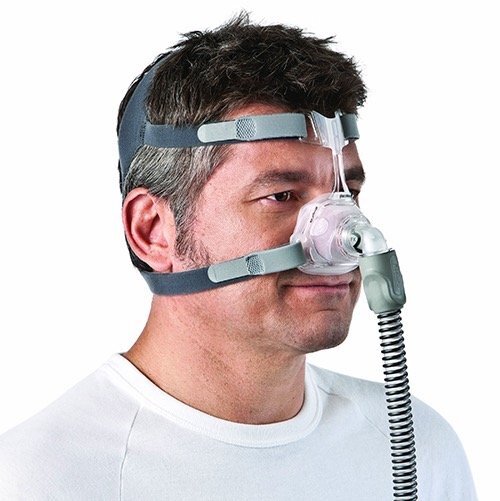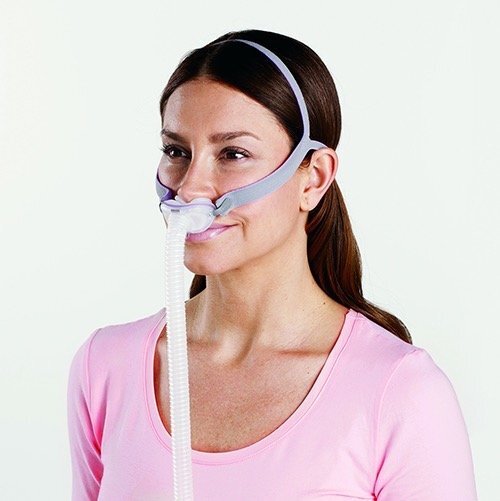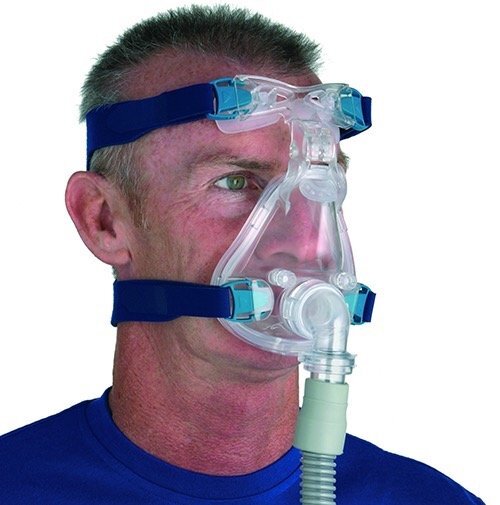Choosing Your CPAP Mask
Choosing Your CPAP Mask
Finding the right CPAP mask is crucial in managing your sleep apnea comfortably and effectively. We want to ensure that you're armed with the necessary knowledge to make the right choice. Here's a look at the three most common mask types, an easy guide to help you navigate your options and choose the right mask based on your individual needs and lifestyle.
The success of your CPAP therapy heavily depends on the mask you choose. A well-fitted mask will ensure you receive the full benefits of your therapy, prevent leakage, and promote comfortable and undisrupted sleep. Each type of mask has its unique benefits and is designed to cater to different preferences and facial structures.
Nasal Mask
Nasal masks, as the name implies, cover only your nose. They are popular for their balance of comfort and performance. If you tend to move around a lot in your sleep or sleep on your side, a nasal mask may be a good option.
Key Considerations:
- Sleep Position: Nasal masks are ideal for side and stomach sleepers.
- Breathing Habit: Suitable for users who breathe through their nose during sleep.
- Pressure Requirements: Ideal for users who require a higher pressure setting.
Nasal Pillow Mask
Key Considerations:
- Sleep Position: This mask is ideal for active sleepers who move a lot during the night.
- Breathing Habit: Designed for users who breathe through their nose.
- Facial Hair: If you have a lot of facial hair, a nasal pillow mask might be your best choice, as it offers a better seal.
Full Face Mask
Key Considerations:
- Sleep Position: Typically preferred by back sleepers.
- Breathing Habit: These are perfect for mouth breathers or those with frequent nasal congestion.
- Pressure Requirements: These masks are ideal for those who need high-pressure settings.
How to Choose





